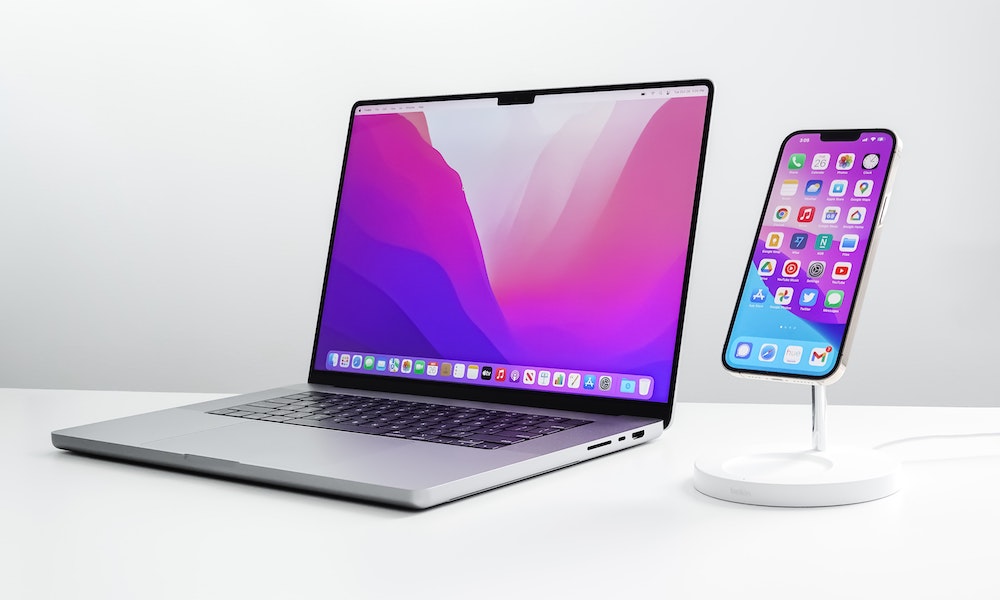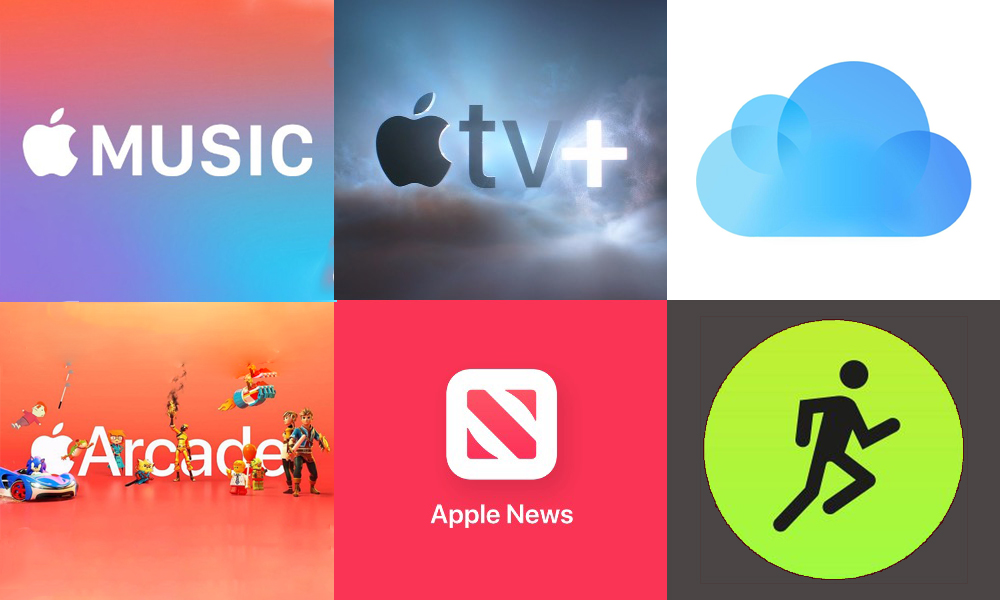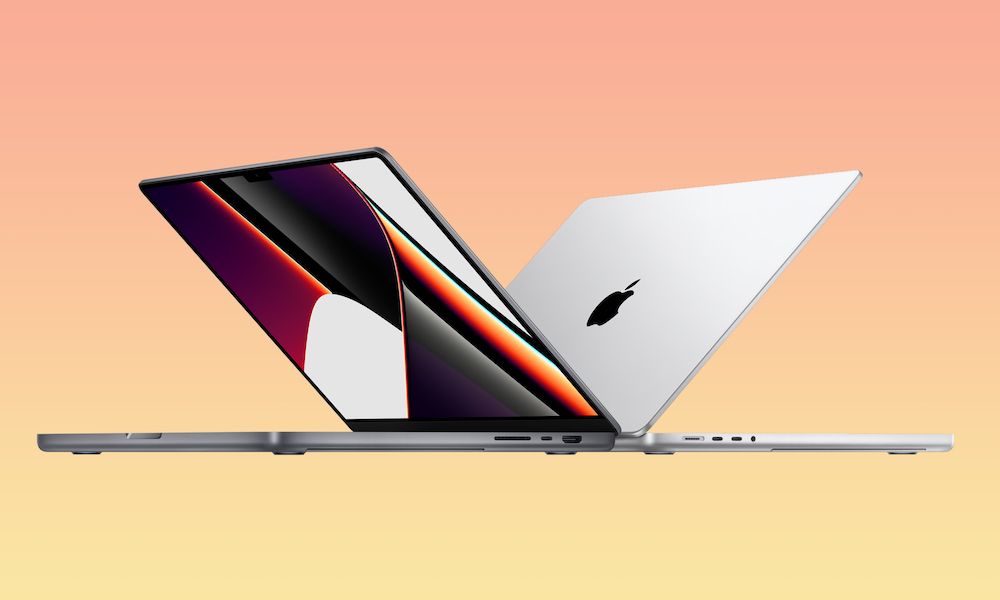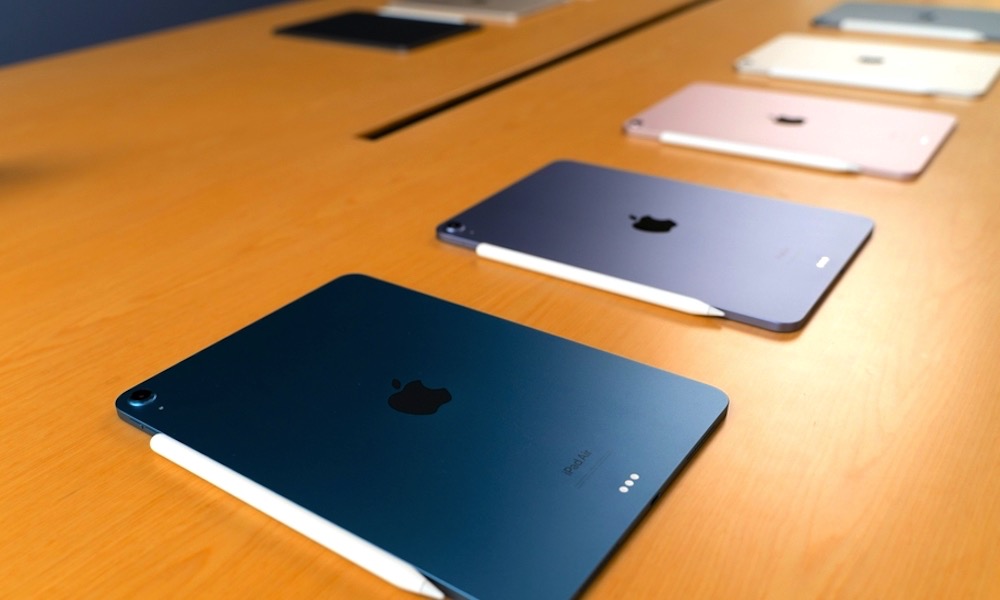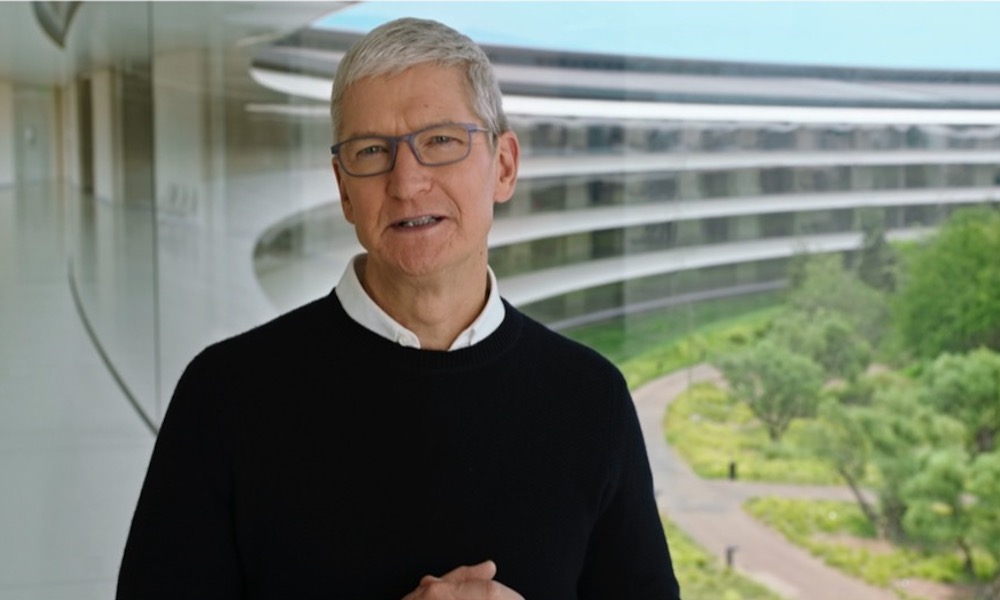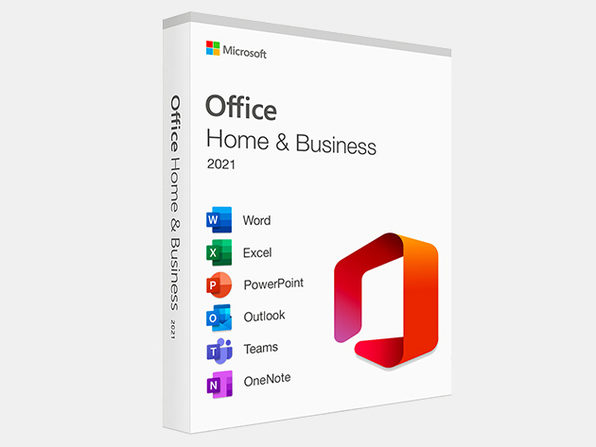A Massive Record-Breaking Quarter | 7 Key Points from Apple’s Q2 2022 Earnings Call
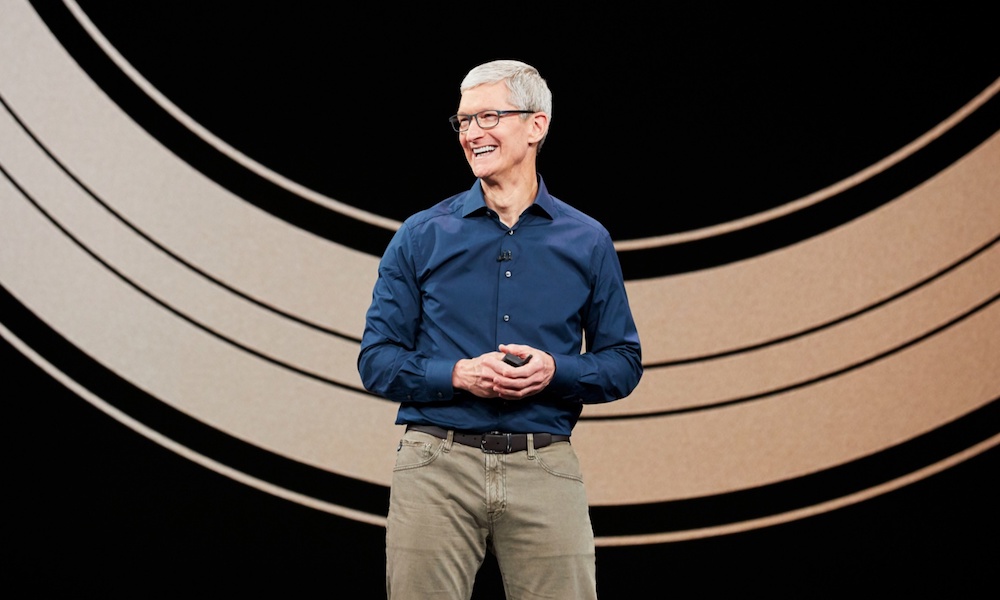 Credit: Apple
Credit: Apple
Apple has once again shattered even the most optimistic expectations with its quarterly earnings announcement, posting $97.3 billion in revenue.
That amount was exceeded only by last quarter’s Q1 2022 revenue, but of course, that’s the “holiday quarter,” so it understandably always generates more sales than any other single quarter.
On the other hand, Apple’s January–March quarter, which is considered the company’s “Q2,” is always interesting since it rarely encompasses any new products. Although last year’s Q2 2021 saw no major Apple product releases, Apple did have a few things to show us in March, but it’s hard to imagine that the pricey Mac Studio and poorly-selling 2022 iPhone SE added that much to the company’s bottom line.
Instead, what’s driving Apple’s revenue to new heights is the ongoing popularity of the iPhone 13 lineup and most of its other M1 Macs, plus of course, its ever-growing Services category. Read on for the 7 most interesting things from Apple’s Q2 2022 Earnings Call!
New All-Time Revenue Record of $97.3 Billion
As we noted earlier, Apple surpassed analysts’ estimates this quarter, with a new all-time revenue record of $97.3 billion for the quarter. That’s up significantly from $89.6 billion during the year-ago quarter.
It’s a smaller year-over-year increase than Q2 2021 was, but it’s still an increase, and it’s coming at a time when Apple is facing supply constraints on all fronts and therefore having a hard time cranking out enough iPhones, iPads, and Macs to keep up with customer demand.
Once again, Apple showed double-digit growth over last year’s quarter in every category except for the iPhone, which grew only by 5.5%, while the iPad saw a 2.1% slump in sales.
- iPhone: $50.6 billion (5.5% growth)
- Mac: $10.4 billion (14.6% growth)
- iPad $7.6 billion (2.1% down)
- Wearables, Home, and Accessories: $8.8 billion (12.4% growth)
- Services: $19.8 billion (17.3% growth)
Thanks no doubt to the Apple Silicon transition; the Mac remains the fastest growing product category in Apple’s lineup, second only to its Services, which continue to show no sign of slowing down.
Apple’s Services Are Unstoppable
While Apple’s Services revenue grew by 17.3% compared to the year-ago quarter, its subscriber base increased by an even wider margin.
According to Apple CFO Luca Maestri, Apple’s Services now boast 825 million paying subscribers — a 25% increase from 660 million a year ago.
Note that Apple’s Services revenue not only encompasses the well-known services like Apple Music, Apple TV+, Apple Arcade, Apple Fitness+, and Apple News+, but it also includes iCloud storage subscriptions, AppleCare+ subscriptions, purchases from the iTunes Store, and of course Apple’s 15-30% cut from App Store sales.
As usual, Apple isn’t breaking any of this down by specific services, although the number of subscribers excludes areas like the iTunes Store and App Store, so it’s a much more meaningful indicator of Apple’s Services growth than the raw dollars — and an increase of 165 million users suggests Apple is doing very well in this area indeed.
More People Than Ever Are Switching to iPhone
In an interview with CNBC following the call, Apple CEO Tim Cook shared that despite the slower growth in iPhone sales during the quarter, Apple still saw a record-breaking number of folks coming over to the iPhone from Android.
There’s no way of knowing how many of these people had previously been iPhone owners who simply dipped their toes into the world of Android and came back versus those entirely new to the iPhone, but either way, Apple is increasing its customer base; it’s not just about folks trading in their older iPhones for more recent models.
The Mac Continues to Dominate
Mac sales were the strongest category by far, but it’s unlikely the new Mac Studio had much of anything to do with this. After all, that powerful new Mac was only announced on March 8 and didn’t land in stores until March 18. The second quarter ended on March 31.
On the other hand, the new 14-inch and 16-inch MacBook Pro models announced last fall are still selling well enough that it’s hard to get your hands on them — shipping estimates for the standard configurations are 5–7 weeks out, and that only gets longer with the configure-to-order options.
Cook also told CNBC that the last seven quarters have been the strongest in the entire history of the Mac. It’s clear that Apple’s transition to its own chips has been winning a lot of people over.
Apple CFO Luca Maestri also shared that more than half the customers who bought a new Mac last quarter were new to the product family, so much like the iPhone, Apple is growing its customer base.
Supply Constraints Held Back the iPad
The one category that really suffered last quarter was the iPad, but that’s not necessarily surprising. The new iPad Air 5 came out late in the quarter, and many folks are still waiting to see what Apple’s next iPad Pro will have going for it.
More importantly, however, there’s still demand for the iPad; Apple just can’t make them fast enough due to the continuing supply chain problems brought on by the pandemic of the past two years. Cook said that the iPad’s poor showing was caused by “very significant supply constraints.”
That lines up with what we’ve seen since it’s been pretty hard to get your hands on an iPad over the past few months. That’s improved more recently, but only since the end of the last quarter.
Supply Problems Expected to Get Worse
While we may appear to be coming out of the pandemic, Apple’s supply chain is still reeling from its effects — not to mention the new waves that have hit China more recently.
Apple’s CFO, Luca Maestri, told investors they should expect even more shortfalls during the third quarter of this year, estimating that it could impact Apple’s sales figures by as much as $8 billion. This is due to component shortages and the disruptions caused by new COVID-19 outbreaks in China.
However, Maestri also added that Apple’s halting of product sales in Russia will also have an impact on Q3 2022, along with weakened demand in China as a result of new COVID-19 lockdowns.
Apple Acquires Smaller Companies for ‘IP and Talent’
During the Q&A session, Tim Cook was also asked to talk about Apple’s strategy for acquiring other companies. It’s a topic that’s certainly at the forefront of many people’s minds these days, considering how massive Apple has gotten.
However, Cook noted that Apple isn’t generally interested in acquiring large companies for the sake of doing so. Instead, his focus is on looking for what kind of intellectual property (IP) and talent a company can bring to Apple, regardless of its size.
We are always looking at companies to buy. We acquire a lot of smaller companies, and we’ll continue to do that for IP and to incorporate talent. We don’t discount something larger if the opportunity presents itself. I’m not going to go through my list with you on this call, but we’re always looking.
That’s precisely what happened with Apple’s 2014 acquisition of Beats, which at $3 billion was the largest in the company’s history. Even though Apple still owns and markets the Beats brand of headphones, that turned out to be a side benefit. What Apple was really after was the expertise and industry connections of Dr. Dre and Jimmy Iovine, which directly led to the creation of Apple Music.

